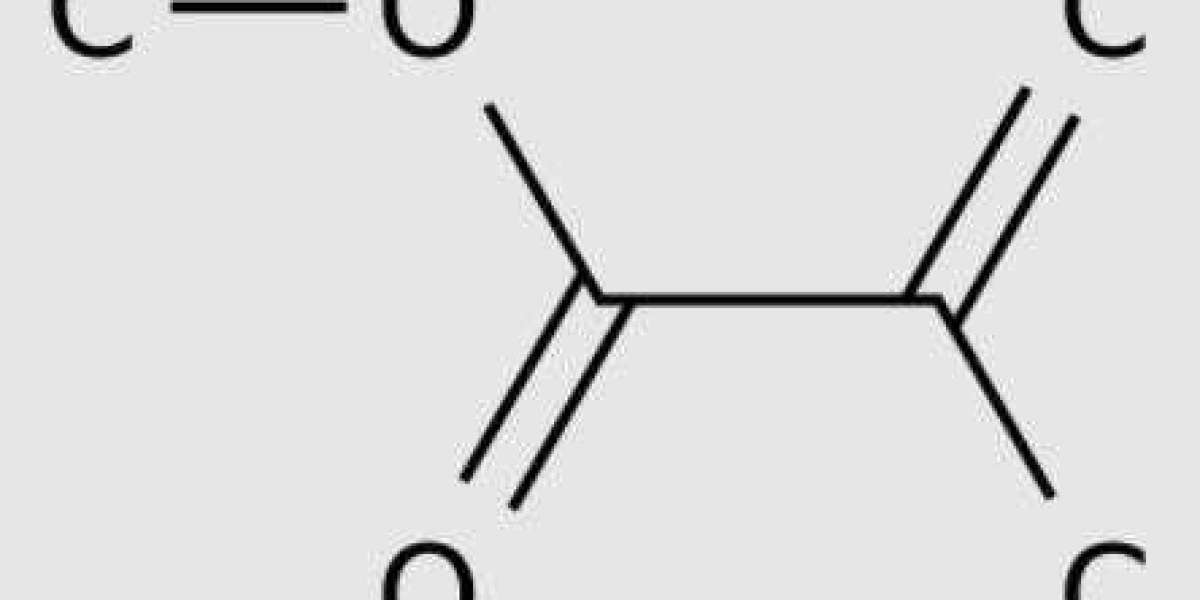Understand poly methyl methacrylate, how it is manufactured, its uses, and advantages.
This article will explain what poly methyl methacrylate (PMMA) is, how it is made, the different uses of acrylic acid, the advantages and disadvantages of acrylic acid.
The following figure is an example of PMMA before manufacturing into a new product:
What is Acrylic (PMMA)?
Acrylic acid (PMMA) is a transparent, hard plastic commonly used as a substitute for glass in products such as shatterproof windows, lighting signs, skylights, and aircraft roofs. PMMA belongs to an important family of acrylic resins. Acrylic acid is chemically called polymethyl methacrylate (PMMA), which is a synthetic resin polymerized from Methyl methacrylate.
Poly methyl methacrylate (PMMA) is also known as acrylic acid and acrylic glass, and has adopted the trade names and brands of Crylux, plexglass, Acrylite, Perclex, astarglass, Lucite and Perspex. Polymethyl methacrylate (PMMA) is usually used in sheet form as a lightweight or shatter resistant alternative to glass. PMMA can also be used as a casting resin for inks and coatings. PMMA is a part of a group of materials called engineering plastics.
How is acrylic made?
Polymethyl methacrylate is a synthetic polymer, which is made by polymerization. First, put Methyl methacrylate into the mold and add catalyst to speed up the process. Due to this polymerization process, PMMA can form many forms, such as flakes, resins, blocks, and beads. Acrylic adhesive can also help soften PMMA fragments and weld them together.
Poly methyl methacrylate is easily manipulated in different ways. It can be combined with other materials to help improve its performance. Through Thermoforming, it is flexible when heated and solidified when cooled. It can be cut to the appropriate size using a saw or laser. If polished, scratches are removed from the surface to help maintain its integrity.
What are the different types of acrylic?
The two main types of acrylic plastics are cast acrylic and extruded acrylic. The production cost of cast acrylic is higher, but it has better strength, durability, clarity, Thermoforming range and stability than extruded acrylic. Cast acrylic acid has excellent chemical resistance and durability, and is easy to color and shape during the manufacturing process. Cast acrylic also provides a wide range of thicknesses. Extruded acrylic is more economical than cast acrylic, providing a more consistent and machinable acrylic than cast acrylic (with a compromise of reducing strength). Squeeze acrylic is easy to process and machine, making it an excellent substitute for glass panels.







